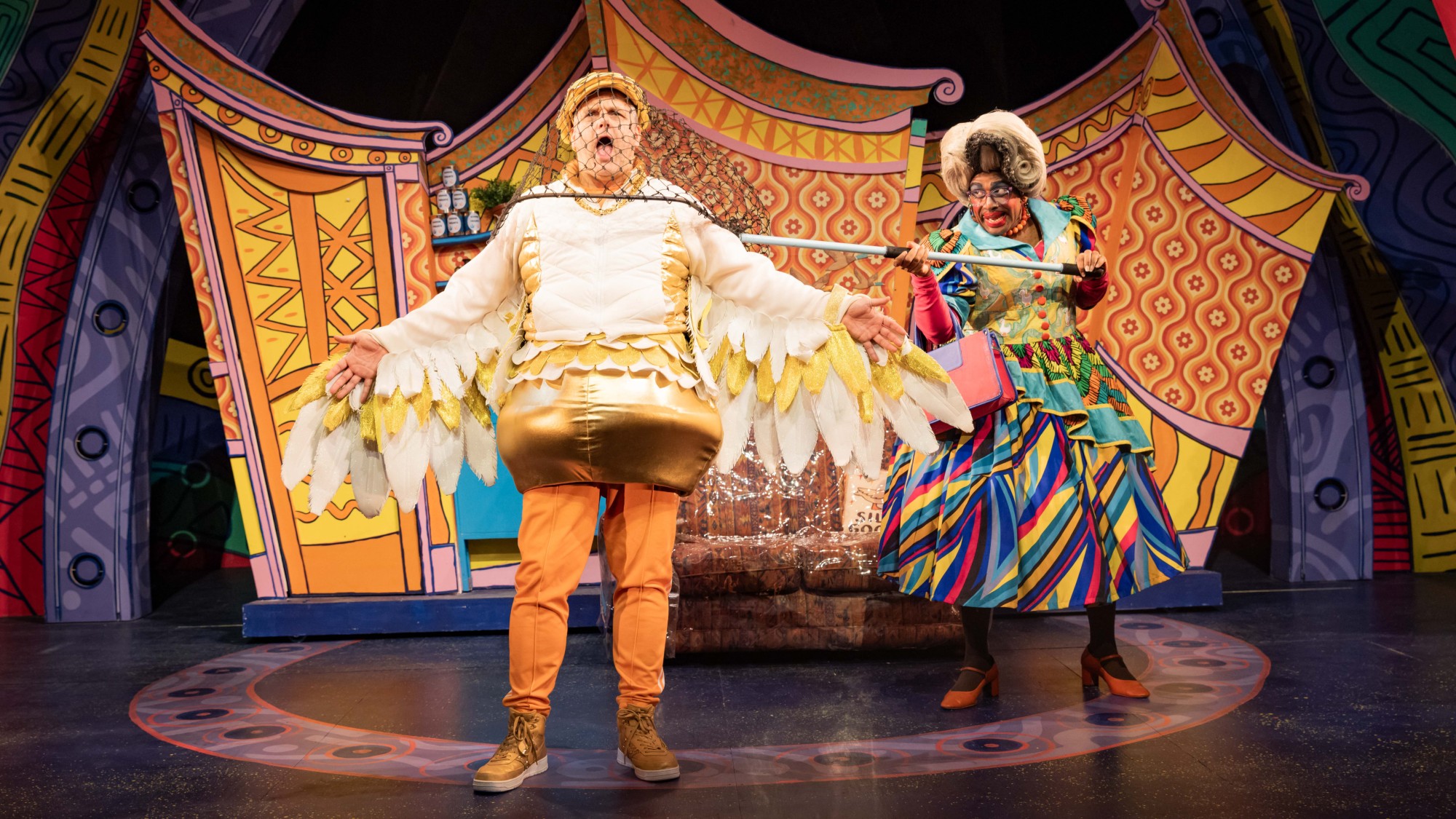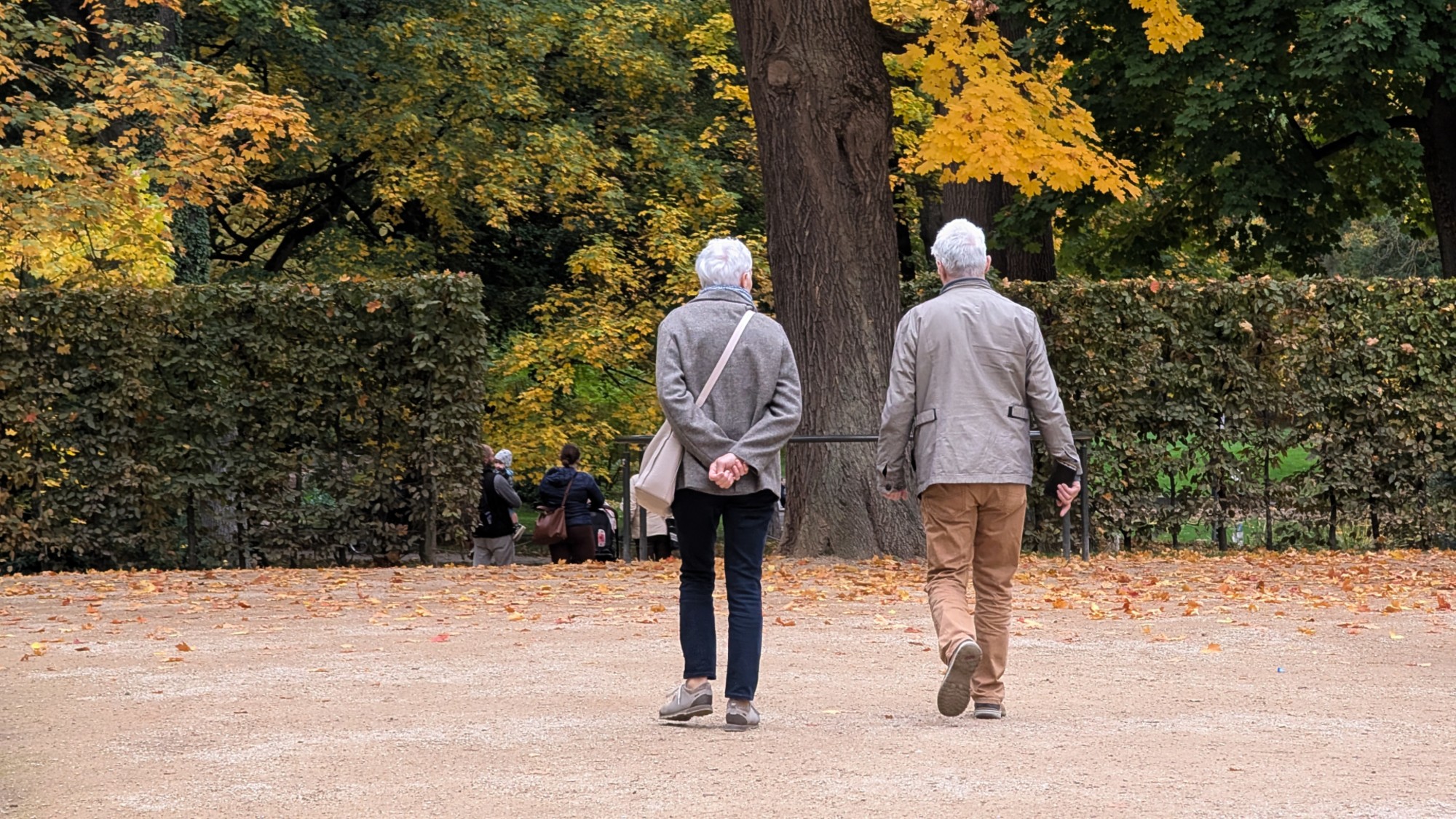Gift books: Five that will provide lasting pleasure
Parcours Muséologique Revisité; A Shadow Falls; The Red Book; Vincent van Gogh: The Letters; The Jazz Loft Project
Parcours Muséologique Revisité
by Robert Polidori
(Steidl, $125)
The Week
Escape your echo chamber. Get the facts behind the news, plus analysis from multiple perspectives.

Sign up for The Week's Free Newsletters
From our morning news briefing to a weekly Good News Newsletter, get the best of The Week delivered directly to your inbox.
From our morning news briefing to a weekly Good News Newsletter, get the best of The Week delivered directly to your inbox.
Robert Polidori’s images of Versailles are “visual caviar,” said Lucy Davies in the London Daily Telegraph. Over 25 years, the Canadian photographer returned again and again to Louis XIV’s palace to capture the “painstaking” details of its restoration. Polidori is not interested in celebrating mere opulence, said Michael Glover in the London Independent. Though his photographs are “often quite glamorous,” nearly every picture is enlivened by a “sly humor.” He’ll show ornate moldings pocked by security cameras, or dazzling oil paintings stacked “like so much cultural lumber.” France’s great period theme park, said Kolby Yarnell in Bookforum, “hasn’t looked so vulnerable in centuries.”
A Shadow Falls
by Nick Brandt
(Abrams, $31.50)
A free daily email with the biggest news stories of the day – and the best features from TheWeek.com
Photographer Nick Brandt has the “patience of a predator” when he’s stalking the wild beasts of East Africa, said Cathleen Medwick in O magazine. His purpose is to pay them tribute, by getting as close as possible before clicking his shutter. He seeks to celebrate an endangered animal kingdom, and it’s hard to imagine testimony “stronger or more poetic” than his vivid sepia-toned images. The five dozen photographs in A Shadow Falls are “so detailed they look as if you could step through them into another world,” said Lev Grossman in Time. A herd of zebras crosses a river. A lion sets its jaw against the wind. In frame after frame, Brandt seems to capture these regal animals “in a state of profound thought, contemplating their own majesty.”
The Red Book
by C.G. Jung
(Norton, $195)
Carl Jung’s The Red Book is a work beyond categorization, said Kathryn Harrison in The New York Times. Jung was one of a few “revolutionary thinkers” who shaped the 20th century, so historical curiosity alone justifies a close reading of the private journal “from which all the rest of his work derived.” Never before published, The Red Book documents the psychologist’s exploration of his own unconscious. In his mind, Jung met and conversed with Salome, Elijah, and the devil. On the page, he paired detailed descriptions of his encounters with meticulous paintings. The result is a singular inquiry “into what it means to be human” and a document “as beautiful and otherworldly as a medieval book of hours.” Yet following Jung’s narration is a “daunting” challenge, said Dave Levitan in PsychologyToday.com. When I finished Jung’s foundational text, I felt less enlightened than confused.
Vincent van Gogh: The Letters
(Thames & Hudson, 6 vols., $600)
The new, six-volume compendium of Vincent van Gogh’s complete letters may be “the best autobiography of an artist yet to appear anywhere,” said The Economist. The painter’s collected letters have been a source of fascination for decades—many were first published in 1914, a quarter-century after van Gogh took his own life. This mammoth boxed set includes fresh translations of 819 letters, reproductions of his sketches and paintings, and background information on every picture, person, or book he references. “The resulting self-portrait has a depth” that the letters’ text never had when presented alone. The heart of the experience remains the “extraordinary” correspondence between van Gogh and his brother Theo, said Waldemar Januszczak in the London Sunday Times. “Relentless, gossipy, utterly fascinating,” it represents “the greatest cache of writing about art left behind by any artist.” All the letters and images can also be viewed for free at the website Vangoghletters.org.
The Jazz Loft Project
by Sam Stephenson
(Knopf, $40)
Every city needs a cauldron of creativity, and half a century ago New York had a memorable one in the “dingy” loft building that photographer W. Eugene Smith called home, said Steve Paul in The Kansas City Star. Bill Evans, Miles Davis, and Thelonious Monk were among the musicians who jammed at the loft, and Smith was enough of a pack rat to pile up more than 40,000 photos and 4,000 hours of tape. Writer Sam Stephenson has sifted through that material and “organized it beautifully,” said Dwight Garner in The New York Times. An “elegiac stew” of period images and transcribed conversations, The Jazz Loft Project is “a singularly weird, vital, and thrumming American document.” It easily rates as “the most chaotic and soulful” gift book of 2009.
-
 The UK’s best Christmas pantos
The UK’s best Christmas pantosThe Week Recommends Dive into the festive cheer, even into the new year, with some traditional favourites and modern twists
-
 The longevity economy is booming as people live longer
The longevity economy is booming as people live longerThe Explainer The sector is projected to reach $27 trillion by 2030
-
 Codeword: December 11, 2025
Codeword: December 11, 2025The daily codeword puzzle from The Week
-
Also of interest...in picture books for grown-ups
feature How About Never—Is Never Good for You?; The Undertaking of Lily Chen; Meanwhile, in San Francisco; The Portlandia Activity Book
-
Author of the week: Karen Russell
feature Karen Russell could use a rest.
-
The Double Life of Paul de Man by Evelyn Barish
feature Evelyn Barish “has an amazing tale to tell” about the Belgian-born intellectual who enthralled a generation of students and academic colleagues.
-
Book of the week: Flash Boys: A Wall Street Revolt by Michael Lewis
feature Michael Lewis's description of how high-frequency traders use lightning-fast computers to their advantage is “guaranteed to make blood boil.”
-
Also of interest...in creative rebellion
feature A Man Called Destruction; Rebel Music; American Fun; The Scarlet Sisters
-
Author of the week: Susanna Kaysen
feature For a famous memoirist, Susanna Kaysen is highly ambivalent about sharing details about her life.
-
You Must Remember This: Life and Style in Hollywood’s Golden Age by Robert Wagner
feature Robert Wagner “seems to have known anybody who was anybody in Hollywood.”
-
Book of the week: Astoria: John Jacob Astor and Thomas Jefferson’s Lost Pacific Empire by Peter Stark
feature The tale of Astoria’s rise and fall turns out to be “as exciting as anything in American history.”